Can I ask you a question ?
At least once a day I will get an email with a question like :
What light setup did you use in blog post xxxxxxxxxx (containing 10 images)
What lens should I use for a model photo
What lens or camera is best for a night time shot
What filter should I use to get the exact same effect as ………..
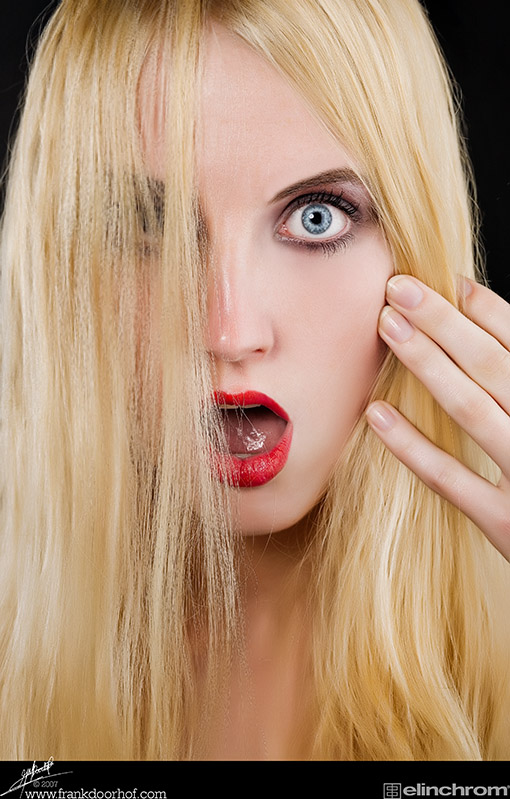
And although I will always answer these questions I thought it would be a good idea to dedicate a small blog post to the answer I almost always give these questions, but first make one thing very clear, these are NOT dumb questions, these are not things that irritate me, and it certainly is not meant to make fun of people…. these are the kind of questions we all struggled with when we started out.
How to create the same look as………
Let’s make one thing clear first.
There is NO magical filter in Photoshop that will transform an image you (or I shot) into a David Lachapelle image. You first have to realize that a shot like for example Dave Hill or who ever is hot today are not shot without good light, careful planning and in the case of for example Dave Hill A LOT of Photoshop work. What puzzles me often is that people try to convert images shot with on board strobes or one light source into something that was clearly shot with multiple light setups and are “frustrated” that it does not work…. well I always say to them “look at the light setups, recreate that first and in most cases the puzzle will solve itself”.
It’s a simple fact that most images (without the extensive compositing) look probably already the same as you see online when it is captured. Although I do have to say that there is a lot of stuff out there that is Photoshoped like crazy, however the “real” pros who knows what he/she is doing will get the shot in camera, Photoshop is often used to change the color, remove some elements etc. but the LOOK itself is mostly in the light and styling. So first really analyze the light setups and recreate this and from there it will probably solve itself.
What lens should I use……
This one is a difficult one, however also a simple one.
In fact you really can’t say, “always use lens x for images like y”
It simply doesn’t work that way, during the workshops I always get these questions and it’s fun to see how some students look when they see the real difference a lens makes, for example using a wide angle to shoot models is according to some not done, however when you do it can give you an amazing new look, not something I would use a lot, but it can be great….
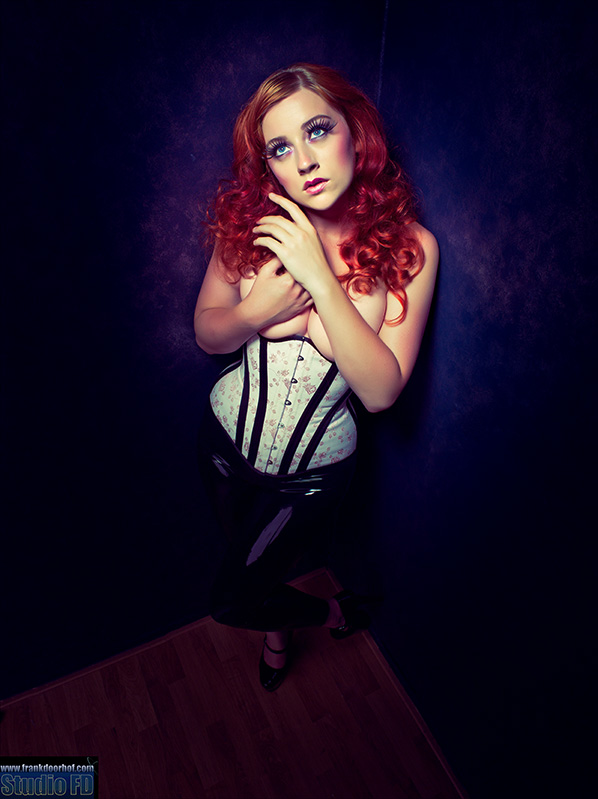 As you can see it distorts the image to a point that the model is not looking “normal”.
As you can see it distorts the image to a point that the model is not looking “normal”.
But to say that this is always the fact with a wide angle is not true. Take for example the next image… this was shot with exactly the same lens on exactly the same camera.
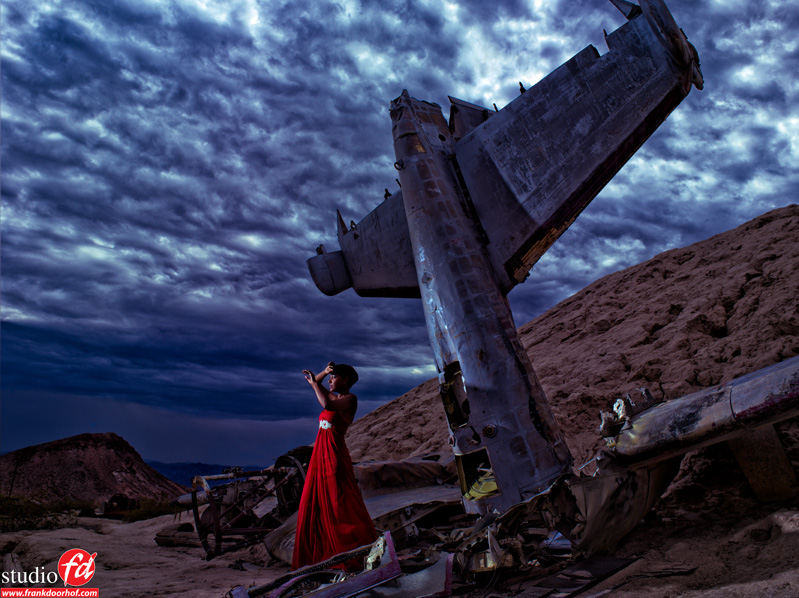 And as you can see, there is no distortion on the model here.
And as you can see, there is no distortion on the model here.
In other words, choosing a lens means understanding how to use the lens, but also knowing what the scene demands.
So if someone asks me “what lens should I use to shoot a skyline at night” the only answer I really can say is “I can’t say, it depends on the skyline”.
Let’s say the skyline is close by and wide, just across the river, in that case I would opt for a wide angle, let’s say a 24mm.
But if the skyline is somewhat further away it could very well be much better with a 50mm or even longer.
The speed of the glass is also not that important, mostly we shoot skylines from a tripod and I never actually did shoot a skyline wide open, so we always stop down. What is important is making sure the exposure is correct. Because you have time you can do it with the display on the back, but better (and quicker) is to take a spot meter with you and meter the darkest areas you want to hold detail and close down 4 stops from that point, or meter the areas you don’t want to blow out and open up 2 stops from there. If you run out of dynamic range…. switch to HDR, but in most cases when you shoot just after sun down you will be fine, however in the night time the story changes and you will probably need a HDR shot to capture the full dynamic range. So the tip I can give you… shoot skylines just after sundown.

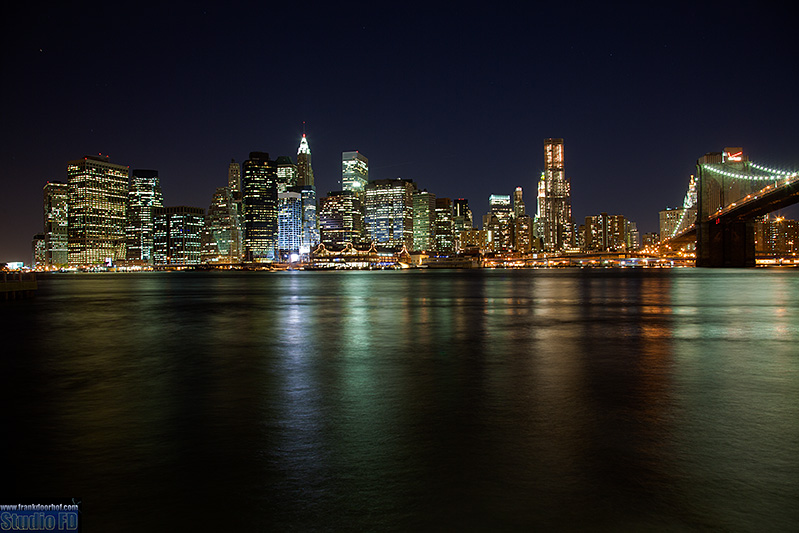
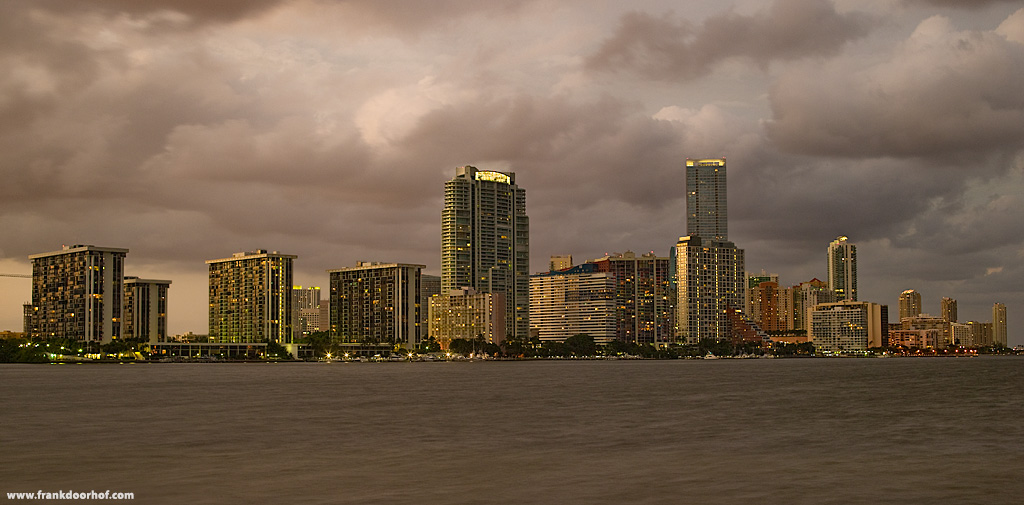
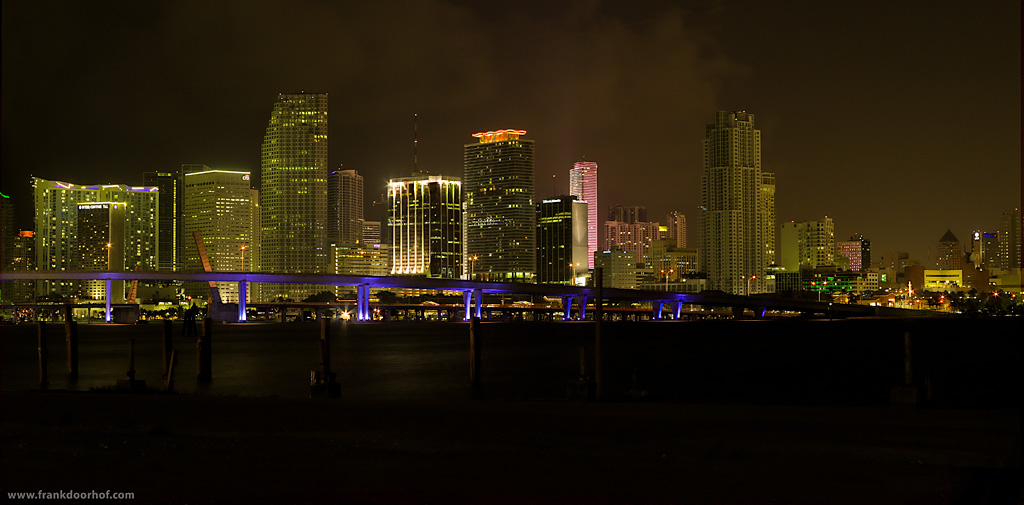

How you got that paint style in second picture? 😮 its amazing :o.. regards..
It’s mostly light and a small bit of NIK.
its a great work of light and post…
Thanks for a great blog. I love your work 🙂
I think I ask those questions too, knowing most of the answers. I believe most of those questions are conversation starters not mainly to learn anything (I might be wrong). As a seasoned photographer who is trying to achieve big things with less, my experiences are my best teachers. Other photographers work are my inspiration usually but I still feel the need to ask questions. Of course I learn stuff from people by implement new ideas but as I said most of the questions I ask usually either to start a conversation or just confirm my techniques.
Whatever it is… it is always nice to see your work here 🙂
That can very well be of course.
And it’s not wrong to ask, always keep asking otherwise you will never learn, but I thought it would be “handy” if I would put some of them in one blog post 🙂
I love the model with the plane! Simply amazing. :-p
You should have been there 🙂
Well said as always 😀
Really good post Frank. Will share this one out for sure. Hatch
Nice post Frank, since I found your blog I’ve become something of a disciple 🙂 your comment about studying the light set-ups to recreate a “look” is spot on; I got SK’s book “Light it, shoot it, retouch it” which gives excellent diagrams of the lighting set ups, from simple to a little more complex, which in turn gives the inspiration a boost.
Love the blog.
Thanks, I love Scott and his new book is amazing indeed.
Also check out Matt Kloskowski’s new book on Compositing, that’s also amazing.